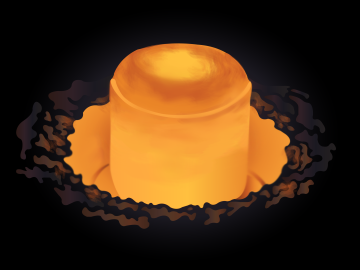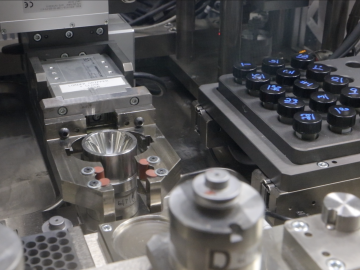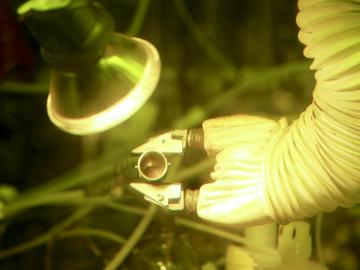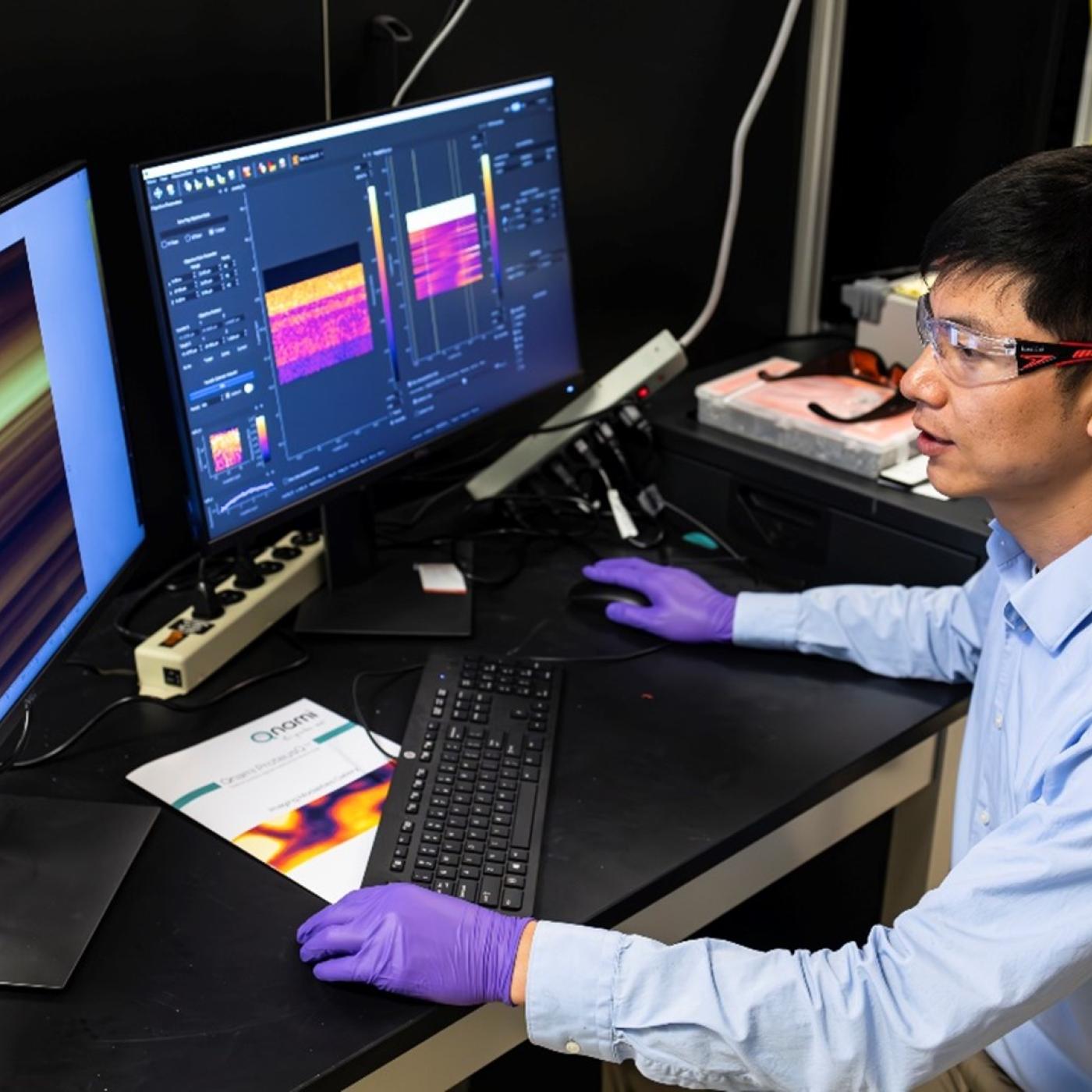
Filter News
Area of Research
News Type
News Topics
- (-) Space Exploration (5)
- 3-D Printing/Advanced Manufacturing (4)
- Advanced Reactors (11)
- Bioenergy (1)
- Biomedical (2)
- Computer Science (2)
- Coronavirus (1)
- Cybersecurity (1)
- Decarbonization (1)
- Environment (1)
- Fusion (8)
- Isotopes (5)
- Materials Science (3)
- Molten Salt (4)
- Neutron Science (5)
- Nuclear Energy (36)
- Physics (2)
- Sustainable Energy (1)
- Transformational Challenge Reactor (3)
Media Contacts

Radioactive isotopes power some of NASA’s best-known spacecraft. But predicting how radiation emitted from these isotopes might affect nearby materials is tricky

After its long journey to Mars beginning this summer, NASA’s Perseverance rover will be powered across the planet’s surface in part by plutonium produced at the Department of Energy’s Oak Ridge National Laboratory.

If humankind reaches Mars this century, an Oak Ridge National Laboratory-developed experiment testing advanced materials for spacecraft may play a key role.

By automating the production of neptunium oxide-aluminum pellets, Oak Ridge National Laboratory scientists have eliminated a key bottleneck when producing plutonium-238 used by NASA to fuel deep space exploration.

With the production of 50 grams of plutonium-238, researchers at the Department of Energy’s Oak Ridge National Laboratory have restored a U.S. capability dormant for nearly 30 years and set the course to provide power for NASA and other missions.


